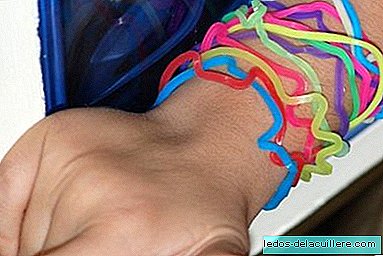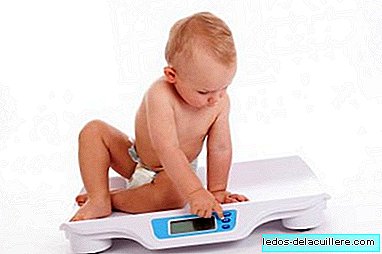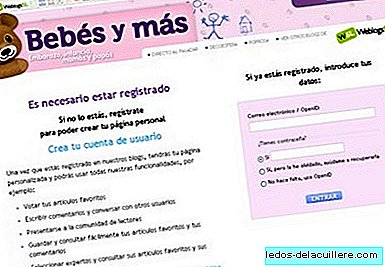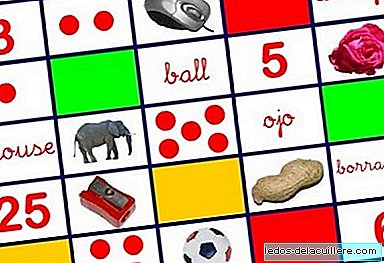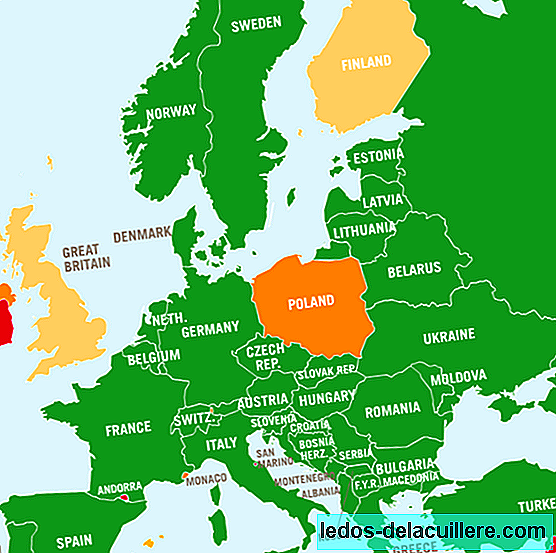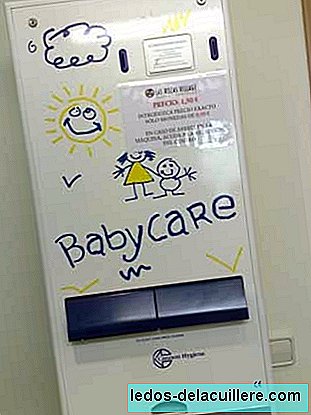
The Spanish Association of Pediatrics (AEP) has just published the Recommendations on complementary feeding in breastfed infants, a key document because all the most current information is collected on this issue. By the way, even if you put "breastfed" also applies to babies who take a bottle or mixed breastfeeding.
The main novelty is the inclusion of the Baby-led weaning (BLW) or "complementary feeding directed by the baby", among the recommendations for the complementary feeding of children older than six months. A practice that moms and dads have been doing for years, but had not yet obtained the official approval of this body.
Official recognition to the BLW
"Puree-free" families from this week will have it a little easier when it comes to defending their way of feeding their children to comments such as: "if you are going to choke" or "with that you are not fed", because for the first time the AEP offers an extensive explanation of the method and concludes that "it seems a good strategy to promote healthy habits from early childhood," although he adds that "more studies are needed to determine its effect on weight gain."
Among the "relevant advantages" of the introduction of solids following the principles of the BLW are:
- Promotes the maintenance of breastfeeding. Regardless of whether breastfeeding mothers are more likely to practice BLW, an increase in the average duration of breastfeeding has been observed in the BLW group in a randomized study.
- It promotes perceptual feeding and based on the signs of hunger and satiety of the child, as recommended by the World Health Organization (WHO). This enhances a healthy relationship with food.
- It favors the preference for healthy and varied food in the medium and long term.
- It has been related to better autonomy and psychomotor development.
- Most families feel very satisfied, since they enjoy family meal times and diminish the perception in the short and medium term that children are "bad eaters."
More news
Apart from recommending the BLW, the new guide collects or updates information on many of the issues that concern parents when their children start eating solids. The guide answers these questions:
When to start
The recommendation to wait until about six months is known, but it is included not delay it beyond the seventh month because there is a higher risk of nutritional deficiencies (especially iron and zinc), increased risk of food allergies and intolerances or worse acceptance of new textures and flavors, among others.
There is also talk of the dangers of introducing food before the 4th-5th month that would be, in the short term, the possibility of choking or infections and, in the long term, increased allergies, gluten intolerance, obesity or diabetes.
How are food introduced?
Introducing food in a specific order has been shown to contribute nothing to food, so in recent years the maximum is that babies can eat almost everything from six months according to the tastes and needs of each family.
In addition to avoiding prohibited foods, care must be taken to introduce them one at a time, with intervals of two to three days to observe tolerance and acceptance and follow basic safety rules to know how to act in case of choking which are also described in the guide.
The AEP offers a indicative calendar of food incorporation based on the guide of the Public Health Agency of Catalonia, the reference document regarding nutrition in early childhood.
Introduction of gluten
The guide states that, today, "it is unknown what is the best way to introduce gluten in order to reduce the incidence of celiac disease."
"The current recommendation is not to advance or delay its introduction; it can be introduced between 4 and 11 months of age (ideally waiting at 6 months), and trying not to give very large amounts of gluten at the beginning."
No to juices
It is recommended to offer all the variety of fruits to children from six months, either in small pieces or crushed, but avoid juices (even if they are homemade) because they increase the risk of decay and, in addition, provide "non-nutritious" calories contributing to an "inadequate weight gain" (in some cases overweight and in others little weight gain when displacing milk consumption).
Industrial porridge is not necessary
Regarding cereals, the recommendation is to introduce them at six months "giving preference to wholemeal flour". In the document they give options such as adding powdered cereals to milk in one of the shots, mixing them with fruits and vegetables, in the form of boiled rice, bread, pasta, arepas or corn cakes, quinoa, oatmeal ...
"Powdered baby cereal porridge is not necessary if you follow a diet rich in iron. Although these preparations are fortified with iron, their bioavailability is much lower than the heme iron of meats. On the other hand, they contain a large amount of free sugars and it is also not shown to decrease nighttime awakenings. "
Solids, not after 8-9 months
It is recommended to progressively increase the consistency of food: start with lumps, thick and solid textures as soon as possible, never later than 8-9 months, since "long-term feeding problems and poor fruit consumption have been described. and vegetables in children where thick and semi-solid textures were introduced belatedly. "
Remember the basics
In addition to the news, in the new recommendations of the AEP, other aspects to be taken into account when starting the complementary feeding are remembered:
- Do not substitute food shots: Until the year, the main food of the baby is milk, therefore the food would be an extra complement. Let's say the main course would be milk and food the dessert.
- Respect the baby's hunger / satiety rhythms: We have an obligation to offer children healthy, nutritious and safe food, but it is up to them to decide how much they want to eat: "Most of the calories during the first year of life come from breast milk, so it is not so important the total amount of CA they eat as their variety, their availability and the establishment of future habits. "
- The potentially allergenic foods (egg, fish, nuts, dairy, legumes, all kinds of fruits) are introduced, like all others, from six months, since delaying it does not prevent allergies, but could increase the risk. It is also denied that offering these foods while maintaining breastfeeding decreases the risk of allergy or that modifying the diet of the pregnant or nursing mother has any preventive utility.
- It is important that the first foods we introduce into the baby's diet are rich in iron and zinc
Via AEP
Babies and more Babies 6 to 12 months, Babies can pass "from the tit to the macaroni"


